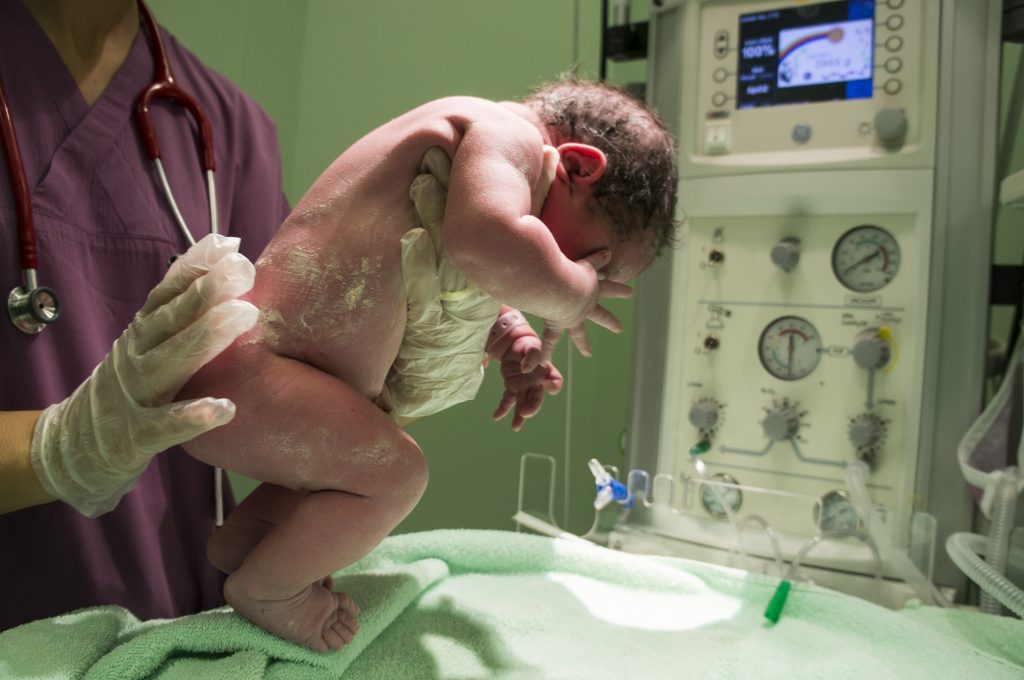When Stressed, Breathe Like A Baby
May 4, 2021
|By Deidre Ann Johnson

Belly Breathing calms the nervous system and relieves stress.
From Pterodactyls to Emails: How Belly Breathing Calms Your Modern Anxieties
Our bodies have a built-in response to stress, a legacy from our prehistoric past. Back then, facing a threat like a Pterodactyl triggered rapid, shallow chest breathing. This “fight-or-flight” response pumped oxygen to our muscles, preparing us for escape.
The Stress Response in the Modern World
While Pterodactyls are thankfully extinct, our bodies still react to daily stressors – emails, texts, deadlines – with the same rapid, shallow chest breathing. This can actually worsen anxiety.
Belly Breathing: A Powerful Tool for Relaxation
There’s a simple yet powerful way to counteract this fight-or-flight response and reduce anxiety: belly breathing. Ever notice how a baby breathes? Their bellies rise and fall with each breath. This is belly breathing, and according to Harvard Health Publishing, it activates the vagus nerve, which runs from the head down to the abdomen. Stimulating this nerve triggers a relaxation response, lowering your heart rate, blood pressure, and consequently, stress levels.
Practice Makes Perfect: Mastering Belly Breathing
Ready to try it? Here’s how:
- Sit or lie down comfortably.
- Place one hand on your chest and the other on your belly.
- Breathe in deeply through your nose, feeling your belly inflate. Your belly hand should rise, while your chest hand stays still.
- Exhale slowly through pursed lips or open mouth.
Repeat this process for several minutes, focusing on the rise and fall of your belly. With regular practice, this type of breathing can become a powerful tool for managing stress and anxiety in your daily life.
Read more here.

